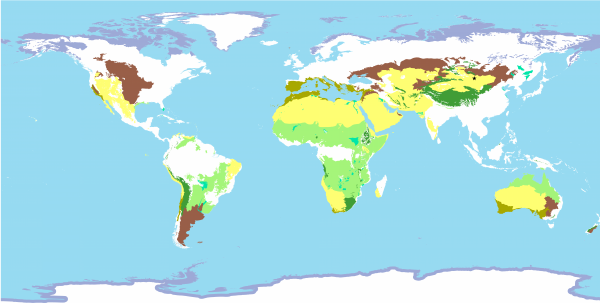
This mapping of rangelands was produced by focusing on seven of the 14 global biomes categorised by WWF in their mapping of terrestrial ecoregions around the world. This map of rangelands is combined with other existing global datasets on different themes, to produce a mapping of that data “for rangelands.”
Each entry is presented with a short explanation of the map, key figures produced from the big data that produced the map, and a story from the field. We are reliant on the accuracy of the datasets we have accessed: the data have not been verified at regional, country or local level, and therefore is only an indicator of broad and estimated figures and trends.
Though the maps are global in nature and hide changes taking place at the local level, the Atlas is a useful starting point for drawing attention to rangelands and the need for their protection and restoration.

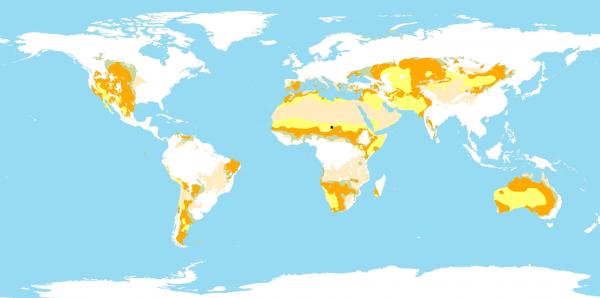
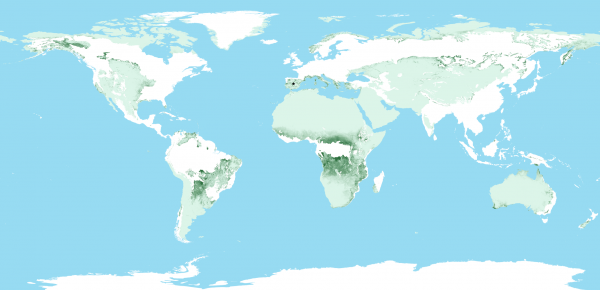
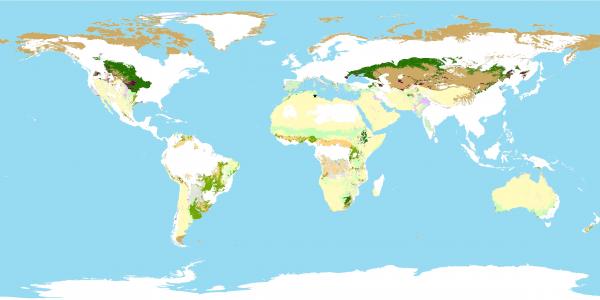
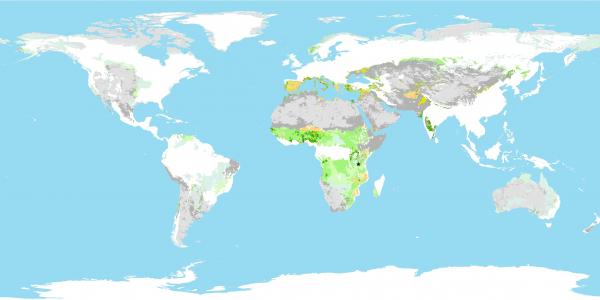
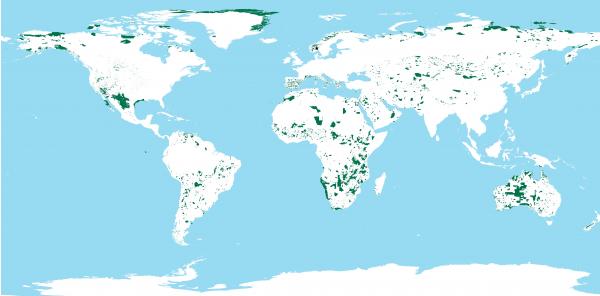
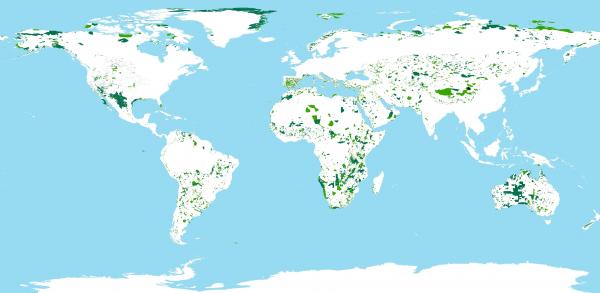
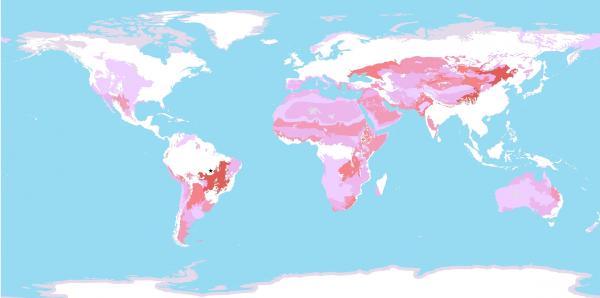
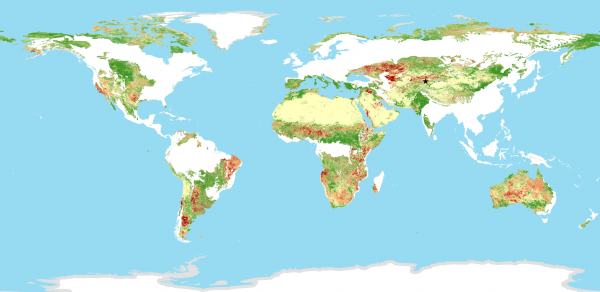
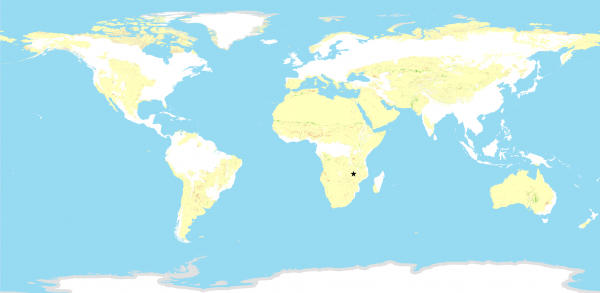
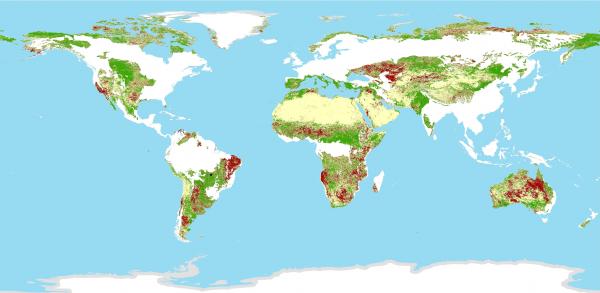
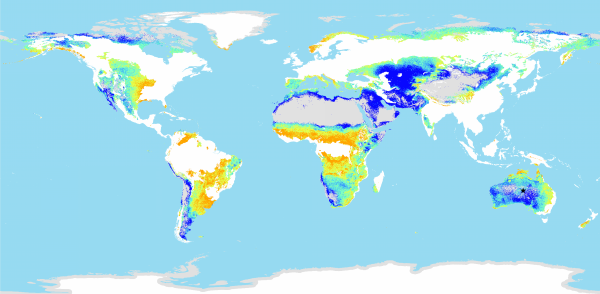
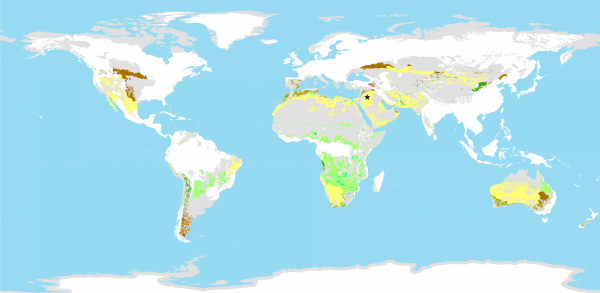
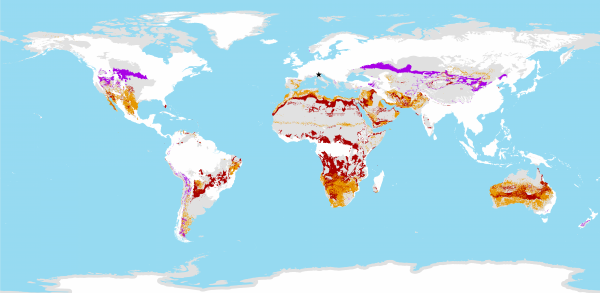
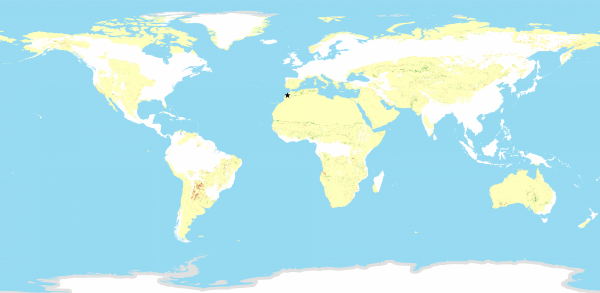
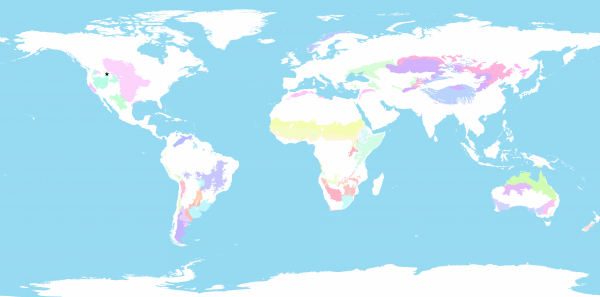
The Rangelands Atlas is the output of a collaboration between